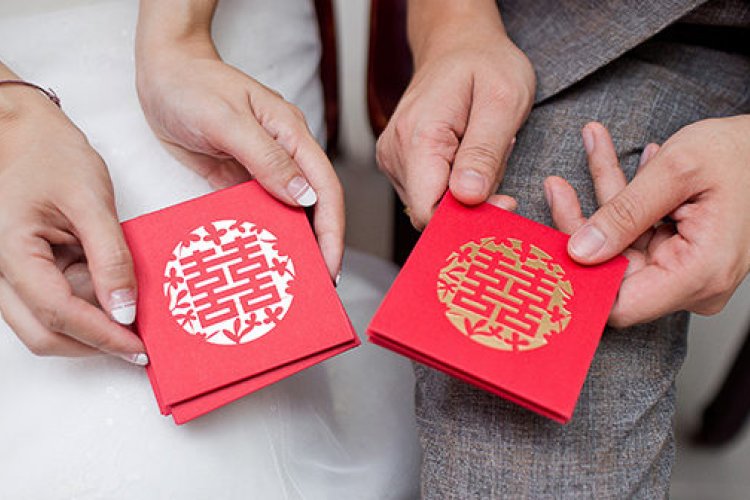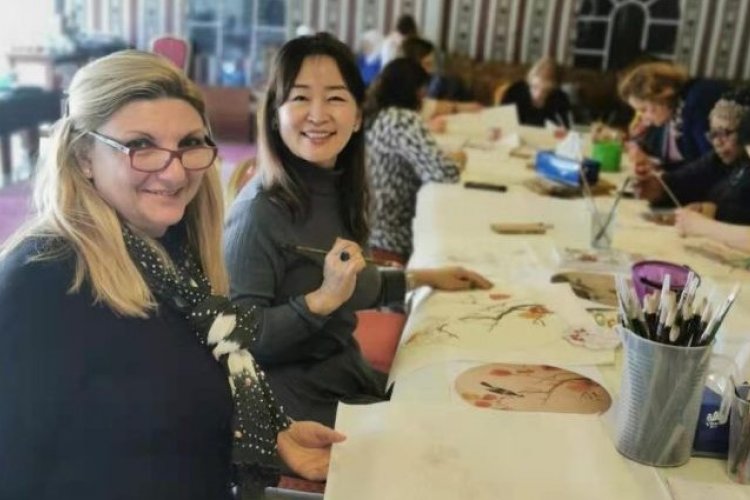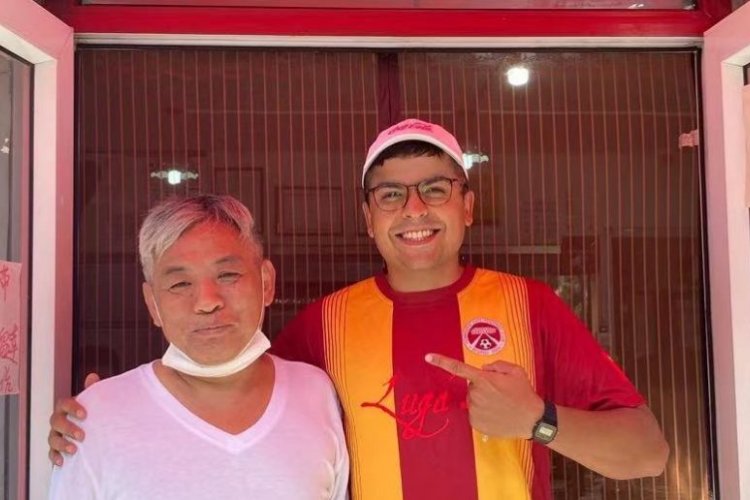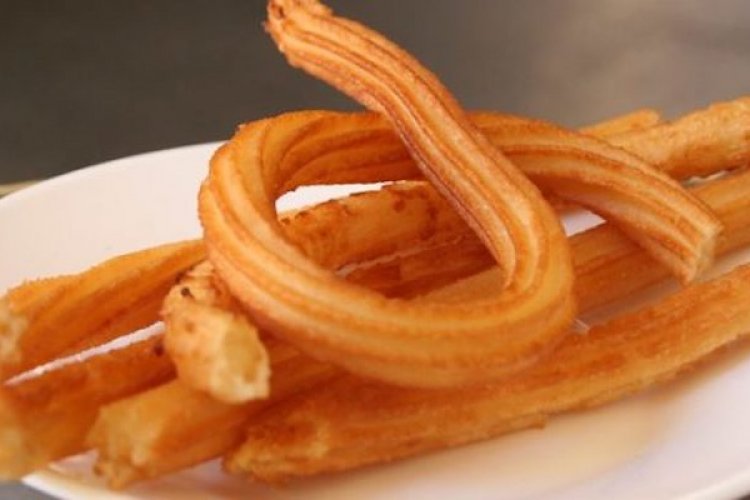US Universities to Begin Accepting Gaokao Scores
Every year in June, scores of Chinese high school students take the gaokao, a notoriously complex university entrance exam that determines possible prospects or lack thereof. Only one percent of test takers have what it takes score-wise to get into a top school in China, and almost 1.5 million retake the test to plump up low scores. Countless others get scores that can only grant them admission to more obscure colleges and universities, thereby limiting educational prospects with little recourse available.
However, prospective university students now have other high education options available with their gaokao scores: studying abroad.
According to the New York Times, The University of New Hampshire will begin accepting gaokao scores for Chinese international student enrollment. Currently, several schools in Europe, Australia, and Canada are already accepting gaokao scores, and given that more than a third of international students in the US are Chinese, many more American schools of higher education can be expected to follow suit.
Chinese International tuition rates are high; at the University of New Hampshire, Chinese students admitted under the gaokao program can expect to pay over USD 45,000 a year for tuition and housing, which isn’t even terribly high compared to many other American colleges. These generally sky-high tuition rates can greatly boost a school’s ability to provide better services and facilities to all students, so courting Chinese admissions has become a necessity for US schools.
Benefits of the gaokao admission are many. For students who are accepted with their gaokao scores, English proficiency, especially spoken, can be a common problem. Gaokao admitted students could also receive earlier admission dates, which is perfect for additional English prep classes and other mandatory exams before freshman semester begins. It also allows time for students to acclimate to the cultural differences of living in the West, make friends and feel more comfortable before they begin their American university experience.
This blog was originally published on our sister site beijingkids.
Photo: nytimes.com







